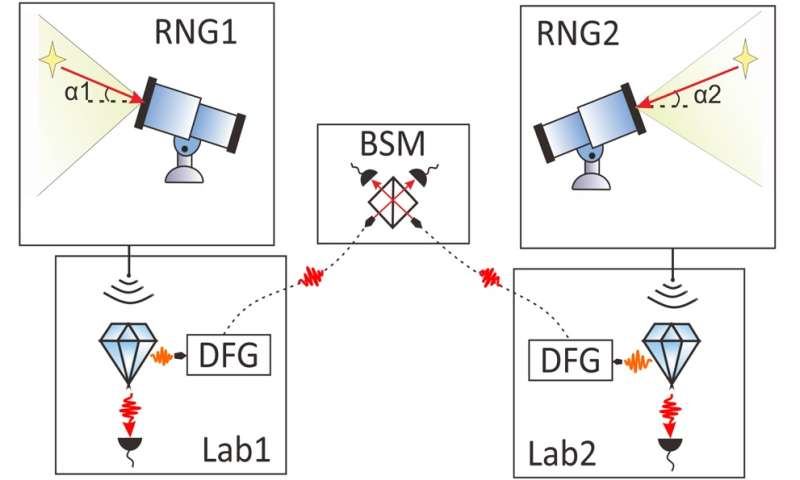Best of Last Week – Using stars as random number generator, Antarctica greening and eye drops treat macular degeneration

(ScienceX)—It was a good week for physics as a team in China suggested that using stars as random number generators could test the foundations of physics by progressively addressing another loophole in the Bell tests. Also, an international team of physicists used Einstein's "spooky" entanglement to invent a super-sensitive gravitational wave detector. The new design is considered a breakthrough because it allows for measuring below the standard quantum limit, which until recently was considered to be impossible.
In environmental news, pair of researchers, Jennifer Lavers and Alexander Bond, found that there is 37 million pieces of litter on one of the world's most remote islands, demonstrating that there is no escaping ocean plastic. Henderson Island is 5000 kilometers from the nearest major population center, yet it has the highest concentration of plastic trash reported anywhere on the planet. A team in the U.K. found that Antarctica is "greening" due to climate change—major biological changes have occurred over the past 50 years, they report, as rising temperatures have led to an increase in plant growth, particularly moss.
There were technology developments as well, as a team at MIT showed off a self-ventilating workout suit that keeps athletes cool and dry. And a team at the University of Houston announced that they had discovered a new, more efficient catalyst for water splitting that uses inexpensive and readily available materials. A team from Northwestern University Feinberg School of Medicine and McCormick School of Engineering announced that they had used a 3-D printer to make ovaries that produced healthy offspring—the printed structures provided the framework for housing immature eggs. And a team from the University of California announced that they had developed a nano-fiber that detects forces and hears sounds made by cells, such as bacteria swimming and heart muscle cells beating.
And finally, if you are one of the millions around the world suffering vision loss due to macular degeneration, help may be on the way. A team of researchers at the University of Birmingham in the U.K. announced that they had developed revolutionary eye drops to treat age-related blindness—it is based on a cell-penetrating peptide that is able to deliver a drug to the relevant part of the eye.
© 2017 ScienceX